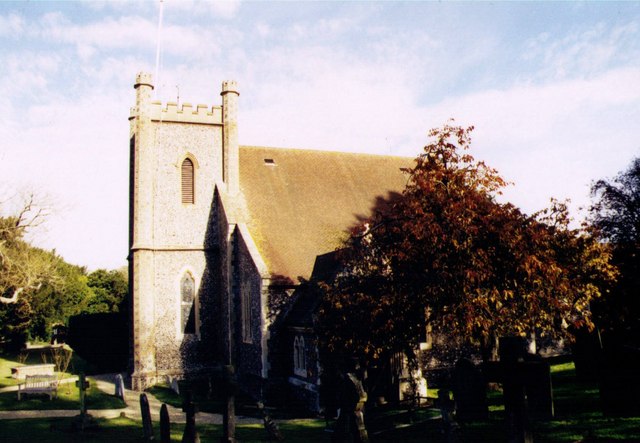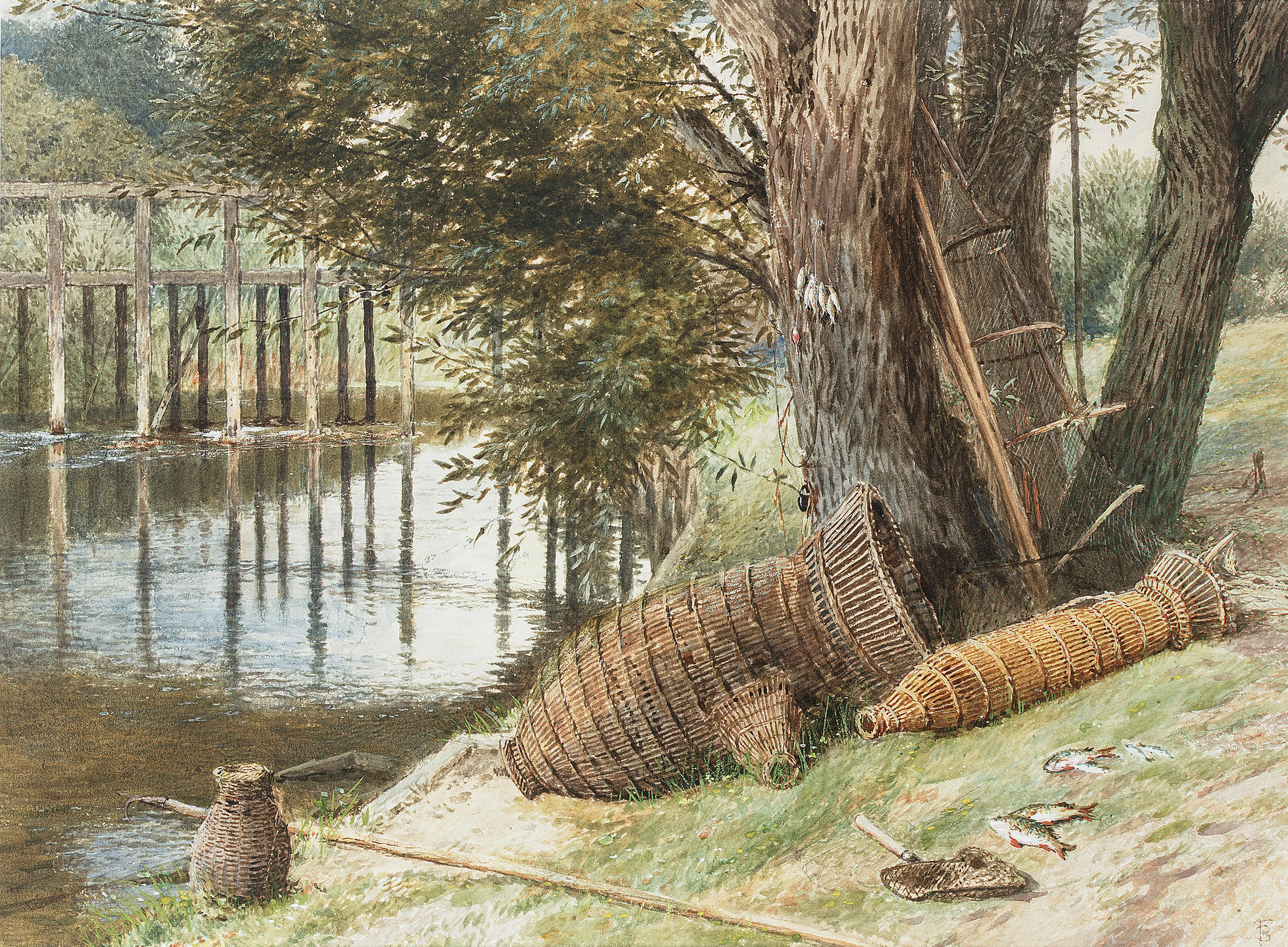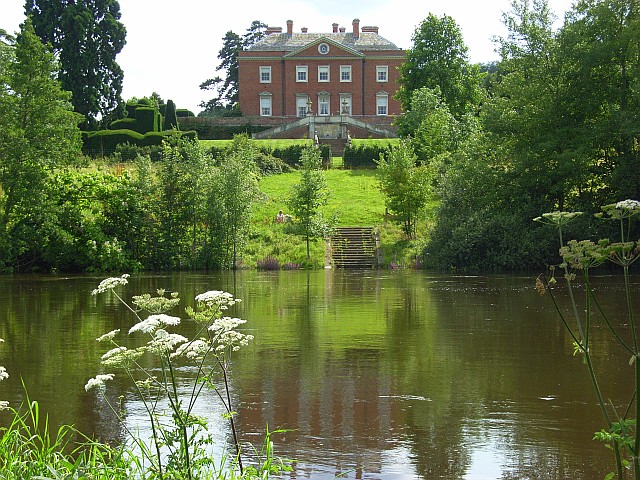|
Magpie Island
Magpie Island is an island in the River Thames in England near the villages of Aston, Berkshire and Medmenham, Buckinghamshire. It is situated on the reach above Hurley Lock. Navigation is believed to have passed originally down the present backwater which was then cluttered with eel buck An eel buck or eel basket is a type of fish trap that was prevalent in the River Thames in England up to the 20th century. It was used particularly to catch eels, which were a staple part of the London diet. Eel bucks were baskets made of willow w ...s. In the eighteenth century the island was part of the Culham Court estate.Fred. S. Thacker ''The Thames Highway: Volume II Locks and Weirs'' 1920 - republished 1968 David & Charles References Islands of Berkshire Islands of the River Thames Remenham {{Berkshire-geo-stub ... [...More Info...] [...Related Items...] OR: [Wikipedia] [Google] [Baidu] |
River Thames
The River Thames ( ), known alternatively in parts as the River Isis, is a river that flows through southern England including London. At , it is the longest river entirely in England and the second-longest in the United Kingdom, after the River Severn. The river rises at Thames Head in Gloucestershire, and flows into the North Sea near Tilbury, Essex and Gravesend, Kent, via the Thames Estuary. From the west it flows through Oxford (where it is sometimes called the Isis), Reading, Henley-on-Thames and Windsor. The Thames also drains the whole of Greater London. In August 2022, the source of the river moved five miles to beyond Somerford Keynes due to the heatwave in July 2022. The lower reaches of the river are called the Tideway, derived from its long tidal reach up to Teddington Lock. Its tidal section includes most of its London stretch and has a rise and fall of . From Oxford to the Estuary the Thames drops by 55 metres. Running through some of the drier ... [...More Info...] [...Related Items...] OR: [Wikipedia] [Google] [Baidu] |
Aston, Berkshire
Remenham is a village and civil parish on the Berkshire bank of the River Thames opposite Henley-on-Thames in southern England. It is particularly well known for the steep approach, known as Remenham Hill or White Hill (due to the chalky nature of the land), into Henley. Rowing The parish covers the starting point of the Henley Royal Regatta course. Remenham Club and Upper Thames Rowing Clubs are private members club for rowers, with a good view of the river Thames halfway along the Henley course. Leander Club, founded in 1818, is one of the oldest rowing clubs in the world. Remenham is host to many successful rowing regattas including Henley Women's Regatta, Henley Masters Regatta and, until 2017, Henley Boat Races Events Temple Island Meadows events venue is home to Rewind Festival , the Henley Swim Open Water Swimming events, and the events venue that covers the first half of the course during Henley Royal Regatta in addition to the rowing regattas including Henley W ... [...More Info...] [...Related Items...] OR: [Wikipedia] [Google] [Baidu] |
Berkshire
Berkshire ( ; in the 17th century sometimes spelt phonetically as Barkeshire; abbreviated Berks.) is a historic county in South East England. One of the home counties, Berkshire was recognised by Queen Elizabeth II as the Royal County of Berkshire in 1957 because of the presence of Windsor Castle, and letters patent were issued in 1974. Berkshire is a county of historic origin, a ceremonial county and a non-metropolitan county without a county council. The county town is Reading. The River Thames formed the historic northern boundary, from Buscot in the west to Old Windsor in the east. The historic county, therefore, includes territory that is now administered by the Vale of White Horse and parts of South Oxfordshire in Oxfordshire, but excludes Caversham, Slough and five less populous settlements in the east of the Royal Borough of Windsor and Maidenhead. All the changes mentioned, apart from the change to Caversham, took place in 1974. The towns of Abingdon, D ... [...More Info...] [...Related Items...] OR: [Wikipedia] [Google] [Baidu] |
Medmenham
Medmenham () is a village and civil parish in south-west Buckinghamshire, England. It is on the River Thames, about southwest of Marlow and east of Henley-on-Thames. The parish also includes Danesfield, a housing estate predominantly for RAF officers, although families of other ranks from the RAF, Royal Navy and British Army also live there. Toponym The toponym is derived from the Old English for "middle-sized homestead". An alternative explanation of the name is from the Saxon leader Meda, whose followers were known as Medings, hence Medin'ham, Medham, or Medmenham. It was recorded in the Domesday Book of 1086 as ''Medmeham''. Features The village includes some old timber framed brick and flint cottages and some estate workers cottages built at the beginning of the 20th century from local chalk rock. The Church of England parish church of Saint Peter was heavily restored in 1839. The Dog and Badger Inn on the A4155 road dates from late in the 16th century, the name havin ... [...More Info...] [...Related Items...] OR: [Wikipedia] [Google] [Baidu] |
Buckinghamshire
Buckinghamshire (), abbreviated Bucks, is a ceremonial county in South East England that borders Greater London to the south-east, Berkshire to the south, Oxfordshire to the west, Northamptonshire to the north, Bedfordshire to the north-east and Hertfordshire to the east. Buckinghamshire is one of the Home Counties, the counties of England that surround Greater London. Towns such as High Wycombe, Amersham, Chesham and the Chalfonts in the east and southeast of the county are parts of the London commuter belt, forming some of the most densely populated parts of the county, with some even being served by the London Underground. Development in this region is restricted by the Metropolitan Green Belt. The county's largest settlement and only city is Milton Keynes in the northeast, which with the surrounding area is administered by Milton Keynes City Council as a unitary authority separately to the rest of Buckinghamshire. The remainder of the county is administered by ... [...More Info...] [...Related Items...] OR: [Wikipedia] [Google] [Baidu] |
Hurley Lock
Hurley Lock is a lock and weir on the River Thames in England, situated in a clump of wooded islands close to the village of Hurley, Berkshire. The lock was first built by the Thames Navigation Commissioners in 1773. There are several weirs between the islands but the main weir is upstream between the topmost island and the Buckinghamshire bank. The weir is popular with kayak A kayak is a small, narrow watercraft which is typically propelled by means of a double-bladed paddle. The word kayak originates from the Greenlandic word '' qajaq'' (). The traditional kayak has a covered deck and one or more cockpits, each ...ers whenever conditions are favourable, and it is very busy at weekends. History There was a Flash lock in the weir here, referred to in the 16th and 17th century as "New Lock". The pound lock was opened in 1773, being the fifth downstream of the eight original locks built after the 1770 navigation act. It was constructed of fir wood, and like the other lock ... [...More Info...] [...Related Items...] OR: [Wikipedia] [Google] [Baidu] |
Eel Buck
An eel buck or eel basket is a type of fish trap that was prevalent in the River Thames in England up to the 20th century. It was used particularly to catch eels, which were a staple part of the London diet. Eel bucks were baskets made of willow wood, and were often strung together in a fishing weir. Construction of such weirs was outlawed under the terms of Magna Carta: : ''All fish-weirs shall be removed from the Thames, the Medway, and throughout the whole of England, except on the sea coast.'' However the practice continued unabated, often with adverse effects on navigation. Several islands in the River Thames reflect the presence of bucks at those points; for example, Buck Ait and Handbuck Eyot. A surviving eel buck may be seen on the River Test The River Test is a chalk stream in Hampshire in the south of England. It rises at Ashe near Basingstoke and flows southwards for to Southampton Water. Settlements on the Test include the towns of Stockbridge and Roms ... [...More Info...] [...Related Items...] OR: [Wikipedia] [Google] [Baidu] |
Culham Court, Berkshire
Culham Court is a Grade II* listed house at Remenham in the English county of Berkshire. History Culham Court dates back to at least the medieval period. In the late 1760s, the original house was bought by London lawyer, Richard Michell, whose personal fortune was based on his marriage to an Antiguan sugar heiress, but it burnt down whilst being repaired. The current house was built in 1771 by the architect Sir William Chambers, for Robert Mitchell. In 1893, the house was tenanted by Sir Henry Barber, 1st Baronet Sir William Henry Barber, 1st Baronet (9 November 1860 – 2 July 1927), known as Henry Barber, was a wealthy solicitor and property developer who made his fortune expanding Birmingham's sprawling suburbs, building and renting out 5,000 proper ... and his wife. He died in 1927 and she in 1933. Later owners included the newspaper owner Cecil Harmsworth King. In 1949, the house was bought by the financier Michael Behrens (banker), Michael Behrens, later co-owner ... [...More Info...] [...Related Items...] OR: [Wikipedia] [Google] [Baidu] |
Temple Island
Temple Island is an eyot (being a small riverine island) in the River Thames in England just north (downstream) of Henley-on-Thames, Oxfordshire. The island is on the reach above Hambleden Lock between the Buckinghamshire and Berkshire banks, and is part of Remenham in Berkshire. The main significance of the island is that it lies at the start of the course for Henley Royal Regatta. History The island includes an elegant ornamental temple (a folly) designed by the 18th century English architect James Wyatt and constructed in 1771. It was designed as a fishing lodge for Fawley Court, a nearby historic house that Wyatt also remodelled in the 1770s on the commission of its owner, Sambrooke Freeman. Wyatt designed both the structure of the building and its interior decoration; it is likely that he also provided designs for the original furniture. The wall paintings in the principal room are thought to be the earliest surviving example of the Etruscan style in Great Britain, pre ... [...More Info...] [...Related Items...] OR: [Wikipedia] [Google] [Baidu] |
Black Boy Island
Black Boy Island is an uninhabited island in the River Thames in England between the villages of Medmenham, Buckinghamshire and Hurley, Berkshire. It is situated alongside the small hamlet of Frogmill, on the southern side of the stretch of river above Hurley Lock, and is within the Royal Borough of Windsor and Maidenhead unitary authority. The island is very low-lying, such that it is covered with water whenever the Thames floods. It is now heavily wooded, but up until the 1920s it and the adjacent Frog Mill Ait were without vegetation. This was because the towpath was (and still is) on the southern side of the island whilst the boats being towed along by horses had to keep to the main navigation channel on the northern side of the river. The tow lines had to sweep over the islands, and the angle of tow was such that barges could be pulled aground onto the islands. Names The island is at the point where Black Boy Lane meets the Thames. This lane leads from the A4130 Henley Roa ... [...More Info...] [...Related Items...] OR: [Wikipedia] [Google] [Baidu] |






